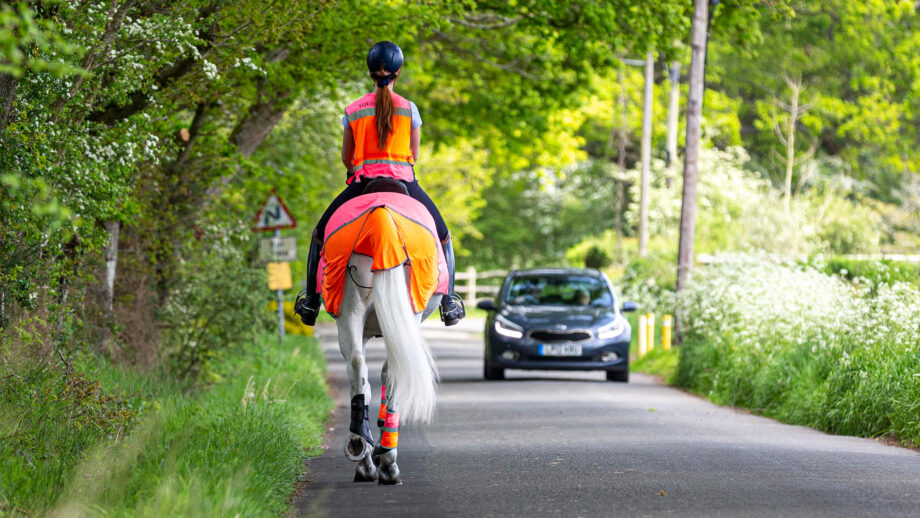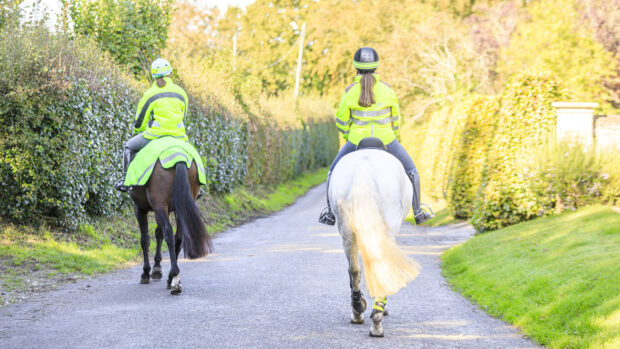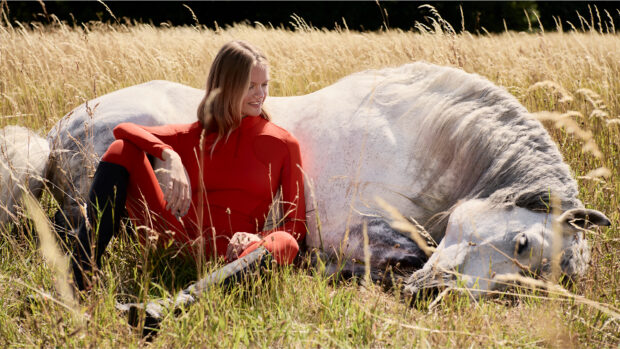Horse riders need hi-vis and not just for gloomy autumn and winter days – it’s one of the simplest, most effective ways to become more visible, which should help you to stay safe on the road. It helps you stand out to other road users, giving them time to see you, slow down and pass wide. It also helps when you’re hacking off road as others – dog walkers or low-flying aircraft, for example – will notice you sooner.
You really shouldn’t be on the road with a horse without hi-vis – whether you’re riding or leading. But what exactly are the best hi-vis options for horse riders – and are there any rules you have to follow? Here’s what you need to know.
Highway Code: do horse riders need high-vis?
The Highway Code (rules 49-55) advises riders to make themselves as visible as possible – and it gets specific:
- In daylight, wear fluorescent or light-coloured clothing
- In poor visibility or at night, switch to reflective gear and add lights
Hi-vis, or fluorescent, material works best in daylight. Reflective strips bounce light back to the source like headlights. To cover all bases, your hacking gear should combine both bright hi-vis material and silver reflective elements.
If you ride in low light (which the Code discourages), extra precautions include:
- Reflective bands above the fetlocks on your horse
- A white light at the front and red at the rear, attached to your right arm, leg or boot
- A fluorescent or reflective tail guard on your horse
These aren’t legal requirements, but they are considered best practice – and could affect liability in the event of an incident.
Some insurers expect riders to take “reasonable precautions”. If you’re involved in an accident and weren’t wearing any hi-vis, it could weaken your claim. In court, it might even be treated as contributory negligence.
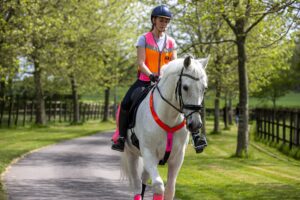
Why both horse and rider need hi-vis
Don’t assume hi-vis on the rider is enough. Horses may be large, but they can easily blend into hedgerows, tree lines or shaded lanes – especially darker-coloured horses.
Adding reflectivity to your horse’s legs, tail, and sides with some of the best hi-vis for horses helps drivers recognise shape and movement from a distance. Motion draws attention, so reflective gear on moving parts – like legs or your arms – makes you even more noticeable in low light or headlights.
What to look for when buying hi-vis
At a minimum, the British Horse Society (BHS) recommends a hi-vis jacket or tabard for the rider, and reflective leg bands for the horse. But there are smart upgrades worth considering.
Lights make a proven difference
The BHS commissioned the Transport Research Laboratory to study rider visibility on roads. One key takeaway? Riders should wear lights wherever possible.
LEDs are an effective way to boost visibility, especially in dull or fading light. Aim to position them to show your width:
- On each shoulder
- Along your horse’s flanks
- On legs or boots to enhance motion visibility
- Whether flashing or static, the more angles you’re visible from, the better. Lights combined with reflective gear give you the best chance of being seen early and clearly.
Safety standards
Look for hi-vis gear that meets recognised standards – it’s a sign the product has been properly tested.
- EN 17353:2020 – for leisure riders
- EN ISO 20471:2013 – for professional kit (often issued by employers)
Even accessories like hat bands, armbands or harnesses should meet these standards if possible.
Colour options
Consider where you’ll be riding and what colours might show up best. For example, if you regularly ride past crop fields in summer, you’re much more likely to stand out in pink than yellow. Likewise, orange may not be the best in autumn thanks to leaves changing colour. The best way to get around this is to choose hi-vis clothing that’s made up of a combination of colours.
Hi-vis kit options
There are so many hi-vis options to choose from for both you and your horse, and really there’s never too much. While you might feel seen in a tabard and exercise sheet, if you’re on a bend, drivers are unlikely to see you until the last minute, but they might have been able to see a hi-vis hat band over the hedge on their approach. Dress to be seen from all angles and perspectives – a breastplate is helpful for those approaching from the front, but not so much from behind.
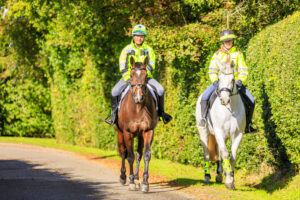
Quickfire: Hi-vis dos and don’ts
✔ Wear hi-vis in all conditions – not just bad weather
✔ Kit out both horse and rider
✔ Check gear is certified and properly fitted
✖ Don’t rely on one item (e.g. a tabard on its own)
✖ Don’t assume daylight equals visibility
✖ Don’t forget to replace faded or worn-out gear
Bottom line: be seen, stay safe
Hi-vis for horse riders might not technically be a legal requirement, but it should be a non-negotiable if you’re heading out on the road. Visibility gives other road users more time to react – and that time could save you and your horse from a close call. It will also help low flying aircraft see you earlier, which may enable them to avoid flying directly over you.
You wouldn’t hack without a hat. Don’t hack without hi-vis.
- To stay up to date with all the breaking news from major shows, subscribe to the Horse & Hound website
You may also be interested in:

Be seen with these hi viz jackets and rider accessories

Help your horse stand out with these hi viz essentials

How riders can do all possible to improve their safety on the road

HGV driver’s high-vis plea after lorry and horses meet on blind bend
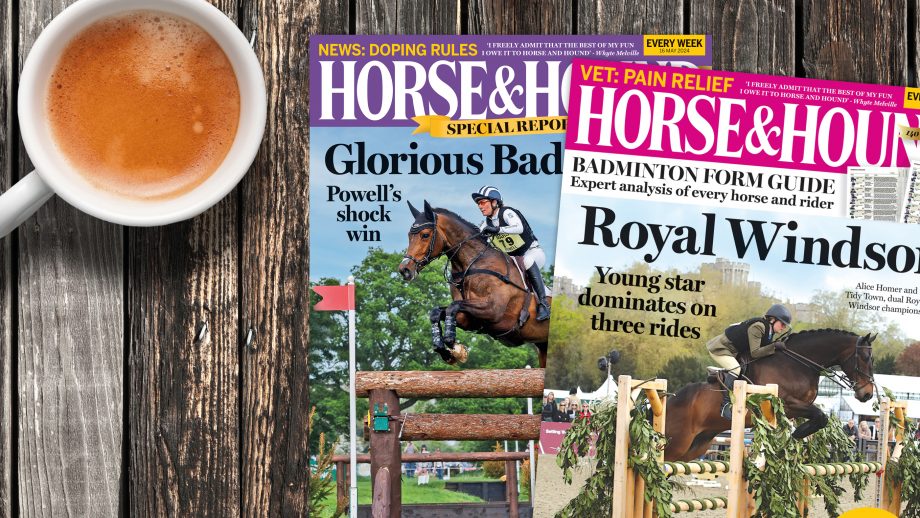
Subscribe to Horse & Hound magazine today – and enjoy unlimited website access all year round

